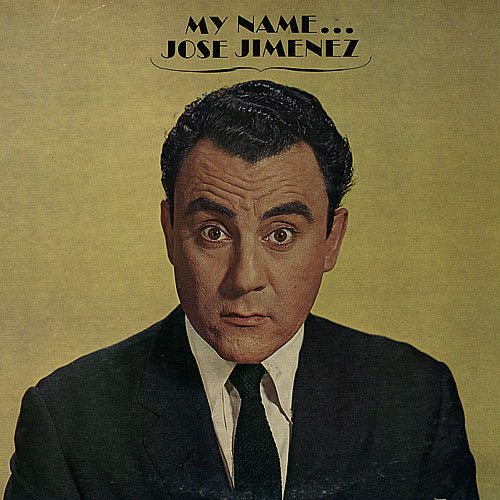This week we received an email from Raúl Pérez, a Ph.D. student in sociology at the University of California, Irvine. Pérez wanted to let us know about his latest study (full document below)—a critical and scholarly analysis of the 1960s “José Jiménez” character. As Pérez states in his summary:
This study examines US comedian Bill Dana, of Hungarian-Jewish descent, and his Latino minstrel character, “José Jiménez,” during the civil rights period. By situating Dana and Jiménez within the social and political context of Latinos in the US during the 1960s, I argue Dana’s comedy continued the tradition of racial ridicule at a time when blackface minstrelsy was increasingly unpopular: a result of contestation by African American civil rights groups. Analyzing primary sources (oral histories, news articles, and audio/visual media), I examine the initial popularity of José Jiménez in the early 1960s, the mechanisms used to ridicule Latinos, the role of media in constructing narratives of non-racism and acceptance by Latinos, and the resulting contestation of the character by Chicano/Latino media activists and civil rights organizations. I conclude that public racial ridicule of Latinos has not been constrained as some have suggested, but that it has changed since the civil rights era.
For those who don’t know about the Jiménez caricature, here are a few clips:
This is a video of Dana explaining how he created the caricature:
Given that context, we wanted to share Pérez’s full study. We encourage all to take the time to read it, while at the same time asking yourself: how much has really changed?
Brownface Minstrelsy: “José Jiménez,” the Civil Rights Movement, and the Legacy of Racist Comedy



